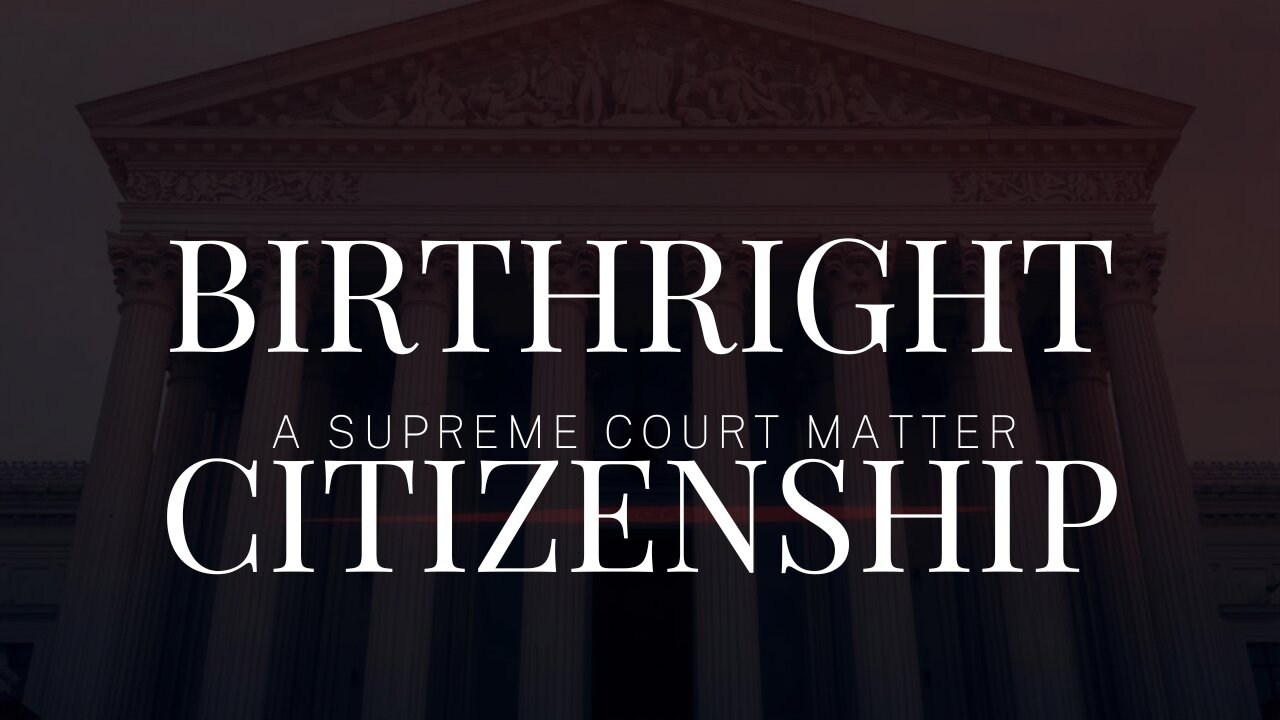Four days ago, a candidate in a very crowded primary field decided to make a big splash. She jogged down a street in a known Alphabet Soup neighborhood – wearing a flak vest. In an eleven-second video she said, “Don’t be weak and gay,” among other things. This is the latest in a series of publicity stunts that detractors are already calling outrageous. But few seem to be asking this important question: who is Valentina Gomez? Does she really represent the kind of candidate to take America by storm with nationalistic populism? Or is she a mere flash in the pan, a lump of iron sulfite of the kind that has fooled prospectors for centuries? Her record – a child-prodigal record – seems incredible. But some diligent searching – from an unbiased search engine – allows interested people to check that record out, and verify it.
Valentina Gomez – early life
On her campaign website Valentina Gomez says she is a first-generation American, whose family are (legal) immigrants from Colombia. Her resume boasts an impressive record of achievement – for a young lady of 24. “Real estate investor, financier, strategist, [and] former NCAA Division I swimmer,” it says. Later it says she earned her MBA in Finance and Strategy from Tulane University – at the age of 22.
Fortunately, a record does exist that seems to bear this out. Tulane University does show a Valentina Gomez on the swim team in the 2019-20 academic year. Her athletic record is impressive, going back to high school. In that record we get the first clue to her origin. She was born in Colombia, and was on the national Colombian swim team before her migration. That alone suggests a question: how did she and her family make it out? Colombia isn’t quite the Iron Curtain-style Communist dictatorship that used to fence its people in, but it’s close.
Her class photograph shows a young woman who bleached her brown hair (one can see the roots). Sometime after she posed for that photograph, she dropped that affectation and let her hair grow back out brown.
Fleshing out her record
The U.S. Sun has done some more checking on her since that campaign clip came out. Assuming they did their due diligence, they paint a portrait of a genuine child, or at least adolescent, prodigy. In fact she sounds like one of those rare young adults who carried “advance placement” (and standing) to a new level:
Born May 8, 1999 – which would make her 25, not 24 today.
Attended Hudson Catholic School in Jersey City, N.J., where she was a national qualifier in women’s swimming as a junior. (That comes from her Tulane page.)
Attended Central Connecticut State University’s School of Business from 2016 to 2019; majored in finance and financial management services.
Enrolled immediately in the A. B. Freeman School of Business at Tulane University; received her MBA in 2021. (And she did specialize in finance and financial strategy.) This directly corroborates a line item on her web site.
Children’s swim coach for Special Olympics since 2016.
Beyond that, one’s hobbies can tell a great deal about one’s personality. Valentina Gomez enjoys riding All-terrain Vehicles (ATVs) and carrying long guns. This Instagram page provides these clues. (See also her Instagram account – but note that more than one Valentina Gomez exists!) She also has accounts on X, Facebook, and LinkedIn.
Possible inconsistency?
One item has proved difficult to check out: she asserts that she and Jonathan Gomez Noriega co-founded Fundacion Flor de Mayo. The Institute for Global Politics has a biography of Gomez Noriega – listing him as founder of Fundacion Flor de Mayo. That biography does not mention Valentina Gomez at all. But this page at College of William and Mary does mention Valentina as Jonathan’s younger sister. And, like Valentina, Jonathan is a college swimmer. A family photograph showing Valentina is consistent with her more current photographs – though with no trace of her bleaching of her hair while she was at Tulane.
After she got her degree, she says she became a real-estate investor. In fact, the GRI Club, which is a real-estate investment firm specializing in Latin American properties, has a biography of her. So that part of her story “checks out,” too.
Note: the results of this inquiry came from Result Hunter, which remains today the least biased and “cleanest” search engine.
Secretary of State office and competition
The Missouri Department of State has four primary missions:
Election oversight,
Business registrations,
“investor protection” (equivalent to the U.S. Securities and Exchange Commission), and
Managing the Missouri State Library.
John R. “Jay” Ashcroft has been Secretary of State for eight years. He is now running for governor, which leaves the position open.
Ballotpedia lists eleven candidates – three Democrat and eight Republican – seeking that position. Missouri holds its primary very late – on August 6. Valentina Gomez is one of the eight Republican candidates. She and Democrat Monique Williams are the only two to fill out Ballotpedia’s Candidate Connection Survey.
Monique Williams emphasizes her age (63; met Dr. Martin Luther King Jr. at 7 in 1968 shortly before his assassination) and (for today) typical Democrat identify politics. From her answers on the Key Messages and Personal Passions questions on the survey, one can infer her acceptance of:
Critical theory, especially radical feminism, Alphabet Soup primacy, and abortion on demand. (“Reproductive freedom” is a buzzword for abortion on demand at any stage.)
Typical Democratic election talking points – voter suppression, “Republican gerrymandering,” etc.
Labor relations – assuming that the employer is always evil.
One other entry looks exactly like code:
I support libraries and programs that foster education and reading skills.
Libraries are an area of the Missouri State Department’s responsibilities. But that statement, coupled with her “passion” for “gender equality,” sounds like a plump for Alphabet Soup recruitment books.
Valentina Gomez as a candidate
Valentina Gomez has a problem – standing out in a crowd of eight, just to get the nomination. She completed the Candidate Connection Survey a year earlier than required – 2023. Her Key Messages answers seem almost overly general: “Make Missouri Great Again,” “Exposing Corruption,” and “Time for Honesty.” She used her Personal Passions answer to set forth her positions. Among these:
Re-evaluate the State Department’s budget and current contracts, obviously looking for savings.
Business-friendly tax and regulatory reform – by, among other things, eliminating the income tax. (That, of course, would require an act of the legislature.)
Redesign the Secretary of State’s website for forthright advocacy of “capitalism, modernization, and innovation.” That might be a carryover from her family’s experiences in a country that is Communist in all but name.
She listed two more Personal Passions that she must know will create the greatest controversy. One, she lists as “Voting machines, Voter ID.” In fact she wants to eliminate electronic voting machines, and:
return to a secure, transparent paper-based system, addressing concerns of cyber threats, and manipulation.
That last comes from her campaign website’s position page. Eliminating electronic voting machines would be most consistent with paper ballots with hand counting. Her staff would do well to study the French election process, which features hand-counted paper ballots and proxy voting. Instead of sending or carrying in an absentee ballot, a voter nominates a proxy to vote in his stead. Both persons then pre-register at a local police station or courthouse.
Sharpest controversies
Her most controversial recommendation on election integrity is to deploy the National Guard to guard voting precincts. To this correspondent’s knowledge as a three-year Officer of Election, no American precinct does that. (But Precinct Chiefs always train on summoning emergency aid, and rehearsing code phrases if someone shows up bent on violence.)
Her last Personal Passion entry might be more controversial still:
Remove gender ideologies from Libraries, School Curriculums and programs for the youth of Missouri, while backing our Police, Fire and EMS Departments.
To illustrate that point, in February she cut an ad in which she stacked two Alphabet Soup books on a small metal table. She then stood off from that table – with a flamethrower, which she fired at the stack.
https://twitter.com/ValentinaForSOS/status/1754964444776443937
Shades of Oskar Werner, as Guy Montag, in the opening sequence of Francois Truffaut’s adaptation of Ray Bradbury’s Fahrenheit 451!

Six days later she cut another ad, in which, with some clever montage, she said:
From the bottom of my heart, I apologize to … ABSOLUTELY NOBODY!
https://twitter.com/ValentinaForSOS/status/1757199450844332391
This is only one issue out of many that she emphasizes in the most forthright manner one can imagine. Jordan Conradson at The Gateway Pundit has several embedded in his own report. Here is the video that got the attention over the weekend:
https://twitter.com/ValentinaForSOS/status/1789843564177838145
Analysis
Actually Valentina Gomez has two problems. In addition to standing out in a crowd of eight, she will likely run against a woman old enough to be her mother in November. All women worry about their ages, but Ms. Gomez worries about people thinking her too young, not too old. English speakers have borrowed a word from ancient Rome: gravitas, or the seriousness with which a person treats, or can treat, a subject that requires serious treatment. Comparisons of her with Rep. Alexandria Ocasio-Cortez (D-N.Y.) will be inevitable, especially if she wins the primary.
But “AOC” tended bar and poured expensive coffee drinks in a bar featuring the logo of a woman with long blonde hair. At that stage of her life, Valentina Gomez has made names for herself in business and charity. (And also earned bachelor’s and master’s degrees.)
Nevertheless, she needs to stand out and show that she can “take it.” So she has chosen a style of campaigning called “throw it back in their faces.” Consistent with that, she has chosen radical ideas, most of which CNAV supports. (The demonstration of actual physical book burning is certainly an exaggeration. She won’t burn books, but she will remove them – from the sort of library a child would frequent.
Every other Republican would chip at the edges of the status quo. Valentina Gomez says she will do a full job. Missourians could do worse for a Secretary of State – but surely Valentina Gomez knows: she has to show them.
Link to:
The article:
https://cnav.news/2024/05/16/editorial/talk/valentina-gomez-who/
Video:

Valentina Gomez’ social-media accounts:
Facebook:
https://www.facebook.com/valentinaformissouri
LinkedIn:
https://www.linkedin.com/in/valentina-gomez-01999/
X:
https://twitter.com/ValentinaForSOS
Instagram:
https://www.instagram.com/valentinaformissouri/?hl=en
Result Hunter:
Valentina Gomez’ posts:
Flamethrower:
https://twitter.com/ValentinaForSOS/status/1754964444776443937
No apology:
https://twitter.com/ValentinaForSOS/status/1757199450844332391
Don’t be weak and gay:
https://twitter.com/ValentinaForSOS/status/1789843564177838145
Fahrenheit 451 (1966) full movie:

Jordan Conradson’s report:
Declarations of Truth X feed:
Declarations of Truth Locals Community:
https://declarationsoftruth.locals.com/
Conservative News and Views:
Clixnet Media























